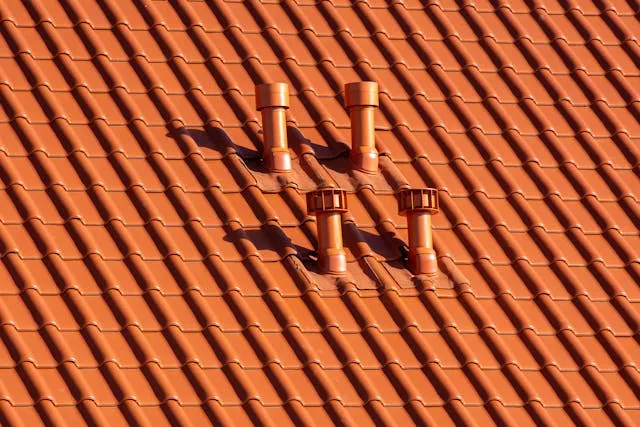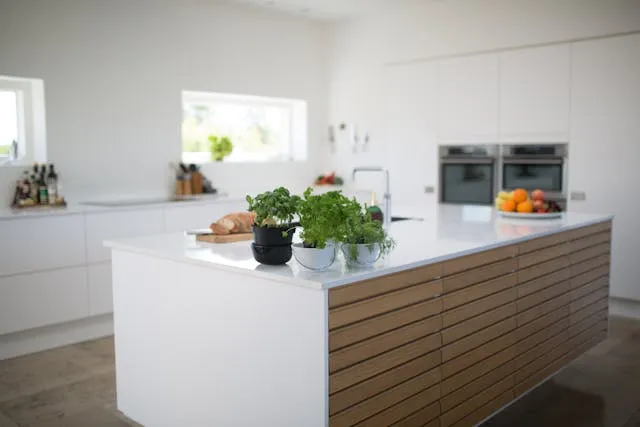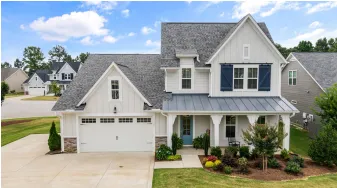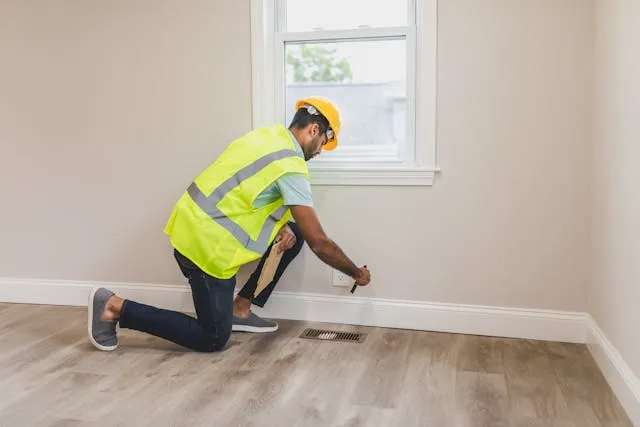Simple Ways to Strengthen Your Home’s Structure
It’s a weird thing to think about—how something you spend decades in, pour your savings into, and call your safe place might not hold up in a rough storm. Most people don’t ask themselves if their walls would cave after one wild winter or if their roof could survive a couple of golf-ball-sized hail hits. In this blog, we will share simple ways to make your home stronger—without needing a degree in structural engineering.
Also Read: Home Decorating Ideas That Make a Great First Impression
Start with the Obvious: The Roof Holds the Line
No part of your home eats more weather abuse than the roof. It gets slammed with wind, snow, hail, heat, branches, raccoons, and the occasional drone. Most people don’t think about their roof unless there’s a drip in the attic or a shingle in the yard. But roofs don’t fail all at once—they rot, warp, loosen, and break piece by piece until your ceiling gets involved and suddenly everything’s mold.
If you want a durable home, fix the top first. Start by checking for damaged or missing shingles, especially after strong winds. Pay attention to flashing—the thin metal that seals edges and joints—because once water gets past that, it’s game over. Even tiny gaps can send water trickling into places you can’t see until the drywall sags.
If your roof is over 20 years old or showing visible signs of wear, skip the patchwork. Look up roof replacement near me and you’ll find dozens of local options who can actually tell you whether your roof has a few years left or if it’s one strong gust away from becoming lawn decor. A modern roof with composite or metal materials not only holds better but lasts longer and improves your home’s resistance to extreme weather, which, let’s be honest, isn’t exactly rare anymore.
Lately, we’ve all watched hurricanes climb up the coast like they’re on a summer tour and heatwaves pop up in states that barely owned shorts ten years ago. Climate weirdness is here, and your roof has to carry the weight. Literally.
Underneath It All: Foundation First, Not Last
Foundation problems rarely show themselves with drama. No loud cracks. No explosions. Just a slow creep of misaligned doors, stubborn windows, and thin fractures climbing up drywall like spider legs. Most homeowners chalk this up to settling, which is half true. All homes settle. But not all of them shift unevenly or sink on one side.
So what makes the difference? Water. Or more accurately, how your house handles it. Heavy rain that pools near the base, clogged gutters that dump straight down, and poor yard grading all wear at the soil under your house. Over time, that soil moves, and with it, so does your foundation. Then the tiny cracks show up, and by the time you notice your porch has tilted an inch and your front steps feel like a funhouse, you’re looking at serious money.
Strengthening your foundation isn’t sexy. It’s not something you can show off at a barbecue. But installing proper drainage, extending your downspouts, and grading the land around your home so water flows away instead of toward the foundation is basic survival.
Go one step further and waterproof your basement or crawl space. That barrier keeps moisture out, reduces mold, and slows deterioration of wooden support beams. The cost is upfront, sure, but water damage costs more. Just ask anyone who’s had to jack up their home to pour new footings.
Walls That Do More Than Divide Rooms
Framing and siding don’t get a lot of attention unless something breaks, but they’re your house’s armor. If you live in a high-wind area—say, anywhere in tornado alley or states that get hit with sudden microbursts—it makes sense to upgrade siding and reinforce framing. Even small additions, like hurricane ties and stronger anchors, can add major strength where it counts.
Vinyl siding is cheap and everywhere, but it warps under heat and cracks under pressure. Fiber cement and engineered wood options hold up better under both temperature swings and physical impact. They cost more upfront but don’t require frequent repainting or repair. That kind of durability means fewer maintenance weekends and fewer chances of water getting into wall cavities where it doesn’t belong.
And inside? If you’re opening up walls for a remodel, don’t just focus on aesthetics. Install additional blocking between studs to strengthen load-bearing walls. It’s a small move with a long-term payoff. It makes walls sturdier and more capable of resisting flexing during earthquakes or structural stress.
Doors That Actually Hold
Most entry doors are hollow-core fiberglass or wood composite. They’re light, cheap, and easy to kick in. A solid-core or reinforced steel door changes that dynamic. Install a heavy-duty deadbolt and a strike plate with 3-inch screws that anchor into the framing, not just the door jamb. Suddenly that door becomes a barrier, not a suggestion.
In fire-prone areas, metal or fire-rated doors can delay spread between rooms. In hurricane zones, code now demands doors that can resist uplift pressure from high winds. These aren’t extras—they’re how you keep your home intact when nature gets aggressive.
Don’t Ignore the Garage
Garage doors fail fast in extreme wind events, creating a breach that pressurizes your home from the inside. That upward pressure then lifts your roof like it’s a shoebox lid. Reinforcing a garage door with a bracing kit or replacing it with a wind-rated version is one of the least-discussed, most valuable changes you can make. It’s not expensive, and it’s usually DIY-friendly. The return in safety is out of proportion to the cost.
Societal Trends That Make Structural Strength a Personal Issue
In the past, people built for local climates. Thick adobe in the Southwest. Steep roofs in snowy zones. Elevated homes in the floodplains. But modern housing often favors speed and scale over regional wisdom. Cookie-cutter homes get dropped into places with little adaptation to local threats. Then insurance rates spike. Then policies get canceled.
We’re also watching housing costs outpace incomes. People stay in homes longer. They avoid big remodels unless something breaks. That’s why small, structural upgrades become more important. They extend your home’s life, improve safety, and may lower risk enough to qualify for better insurance rates—or keep you insured at all.
Climate volatility isn’t some abstract issue. It’s pulling siding off houses in Ohio, flooding basements in Arizona, and melting asphalt in Oregon. Making a house stronger isn’t a luxury anymore. It’s part of keeping it livable.
The Takeaway Is Physical
Your home is only as strong as its weakest part. Strengthening it doesn’t mean gutting it. It means noticing where it bends and bolstering that point before it breaks. From roofs and foundations to garage doors and windows, small changes layer into serious resilience. And with the way the world’s behaving lately, that kind of grit matters more than ever.







